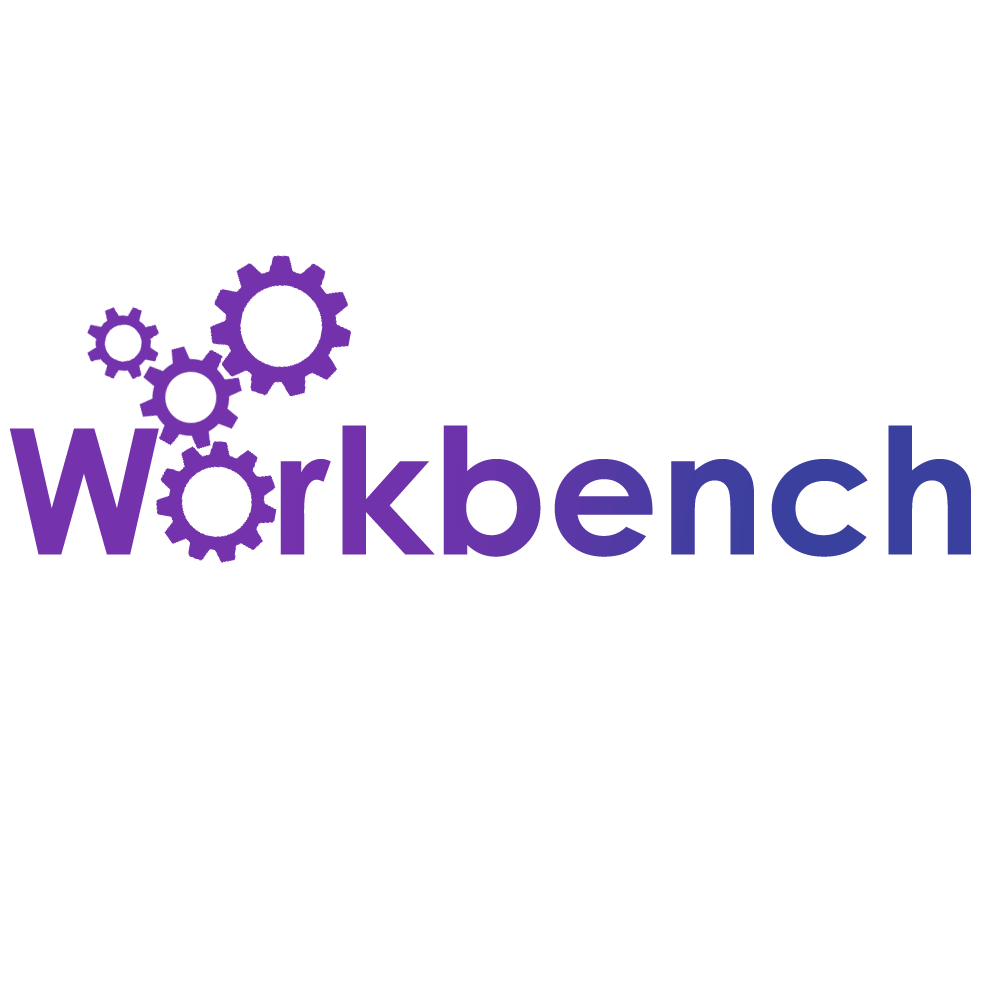This week saw our team take a deep dive into active development. Now that we have our basic design concept approved by our client, we can start working towards a build that should be ready by the time Halves Presentations roll around at the ETC.
To decide the elements and features which we would like to tackle first, we thought about scope, from a design, art, and technical perspective. We decided upon tackling the basics of the first of two levels for our vertical slice. We set goals related to character movement, damage systems, laying out UI wireframes, iterating on the Player Character as well as Audience Characters.
In addition, we also blocked out the design of the first environment in our vertical slice. We were able to focus on creating an engaging space for the Streamer, and we also focused on designing the system for Audience unit selections. Ultimately though, through all of this, we were focusing on the bond that a Streamer has with their Audience, and conceptualizing ideas which would strengthen that relationship as the game progresses.
Crucially, as we inch closer towards Spring Break for our school, we will also begin thinking about the kind of presentation we want to create for Halves. It is important to provide context for the listeners, highlighting our goals and achievements so far, and focusing on our plan for the future. Next week will see a lot of effort being put towards this presentation, while balancing the demands of our vertical slice development.
For art side this week, we created 3 iterations on the Kenhai monster we picked (based on playtesting) from last week, and finalized the design with team voting. Based on that and Tom’s feedback, we kept the mechanical structures on the Kenhai, but used black and red to distinguish Kenhai from other mechs. By adding sharper edges, we strengthened Kenhai’s monster-like representation.
We also created 2 concept sketches for Mech 1, the Gattler, and Mech 2, the Ice Box. Both of these choices are based on the previous playtesting results combined with our team’s preferences. They will be made into models in the following week. Each concept has their unique silhouette, following the descriptions on the mech document that used for playtests.
Additionally, we settled the specific level design and created a 3D prototype of it. We will be playtesting it out once this first environment is playable. However, the actual environment will be further iterated based on the results of playtests.
We created a few small environment asset such as emergency gates and billboards and we are in the process of making more. They are not textured yet, but will in the following weeks. Also we looked into Lumberyard’s default assets such as plantations, terrain texture and particle shaders, this will make our asset creating process a lot smoother in the following weeks.
This week in tech, we set up our main project where we will be building our game. This will serve as the main development ground where everything will be integrated. We decided on naming and coding conventions for the project to maintain standardization among the artist and the programmers. As we move closer to halves, we have set up tech targets we want to achieve. We plan to have all the game mechanic pipelines set up that we can then scale later on.
Keeping that in mind, we have decided to work towards building start to end of one environment arena. This would include the main character (Kenhai), two types of mech, their combat and damage system, an inventory system, basic character movement and controls, along with Twitch integration for audience participation.
Since a lot of our current challenges have been tackled in the previous weeks as we were prototyping, our main tasks this week was getting a cohesive integration of some of those systems.
We have set up character controls for the Kenhai and the mech, along with AI for mech behaviors. We worked on the damageable script interface that is the layer behind the game’s combat system. Both the Kenhai and the mech can now perform attacks and take damage, and the Kenhai’s shield mechanic has been implemented. We put in placeholder UI that keeps track of the health of the characters in the game.
We also dived into the C++ side of Lumberyard to enhance the Twitch functionalities that area currently exposed to Lua. Last week we had created a simple Twitch bot in python to explore Twitch’s IRC. Rather than keeping an external bot and having to set up a communication interface between Lumberyard and the bot, we decided to build those functionalities into Lumberyard’s ChatPlay system. These include getting Twitch-specific IRC capabilities and signing on to a Twitch channel with your credentials to write to a stream (Lumberyard out of the box uses anonymous credentials to connect to a stream in read-only mode). We will be further continuing this development to add a feature to get an active chatters pool from a channel. This will help us in selecting people to form a team. People who opti-in but leave the chat will be removed from the audience-player pool.
Next week, we will take on building an inventory system, laying out the level as we replace placeholder art assets, and keep working on Twitch ChatPlay.

